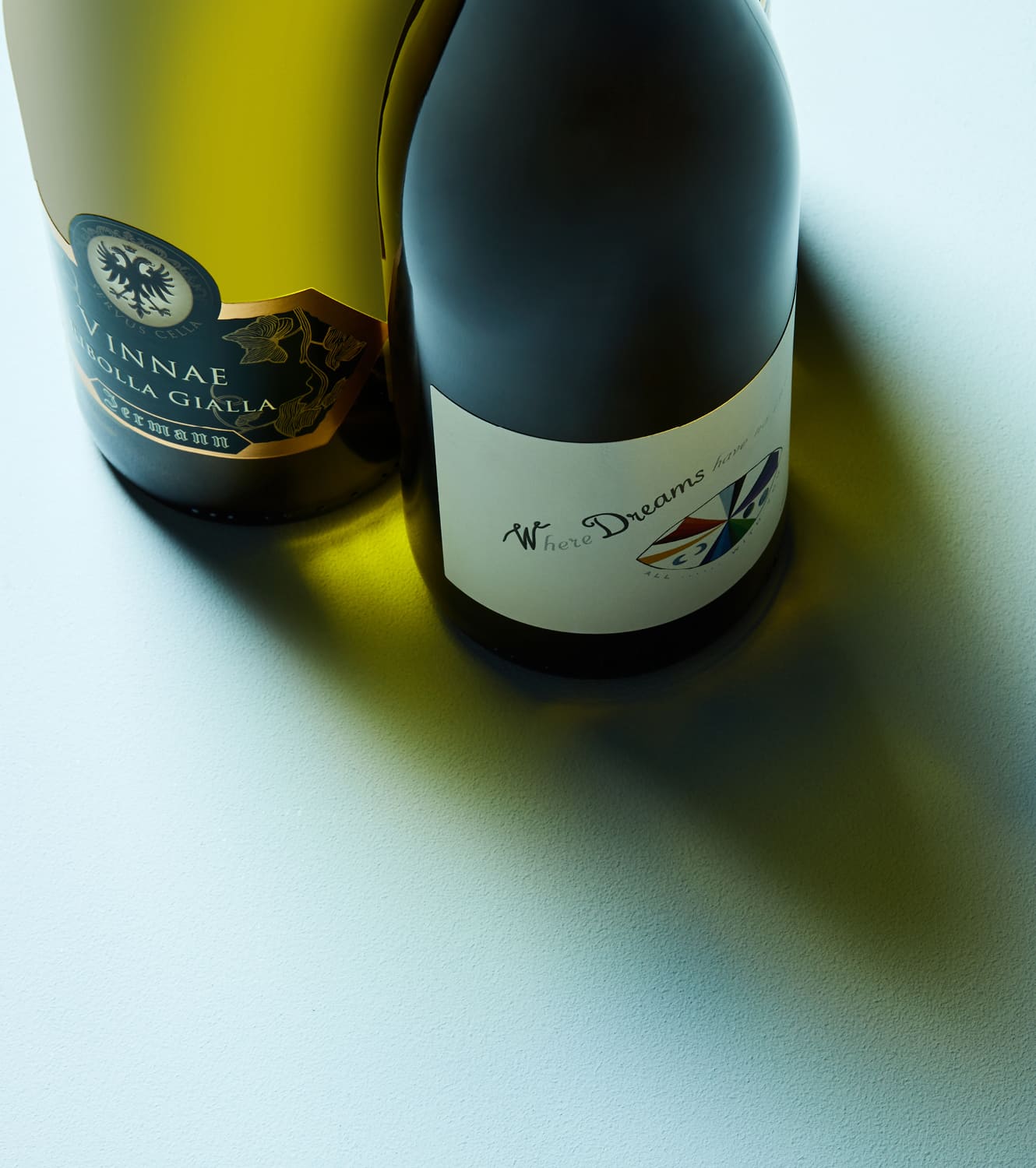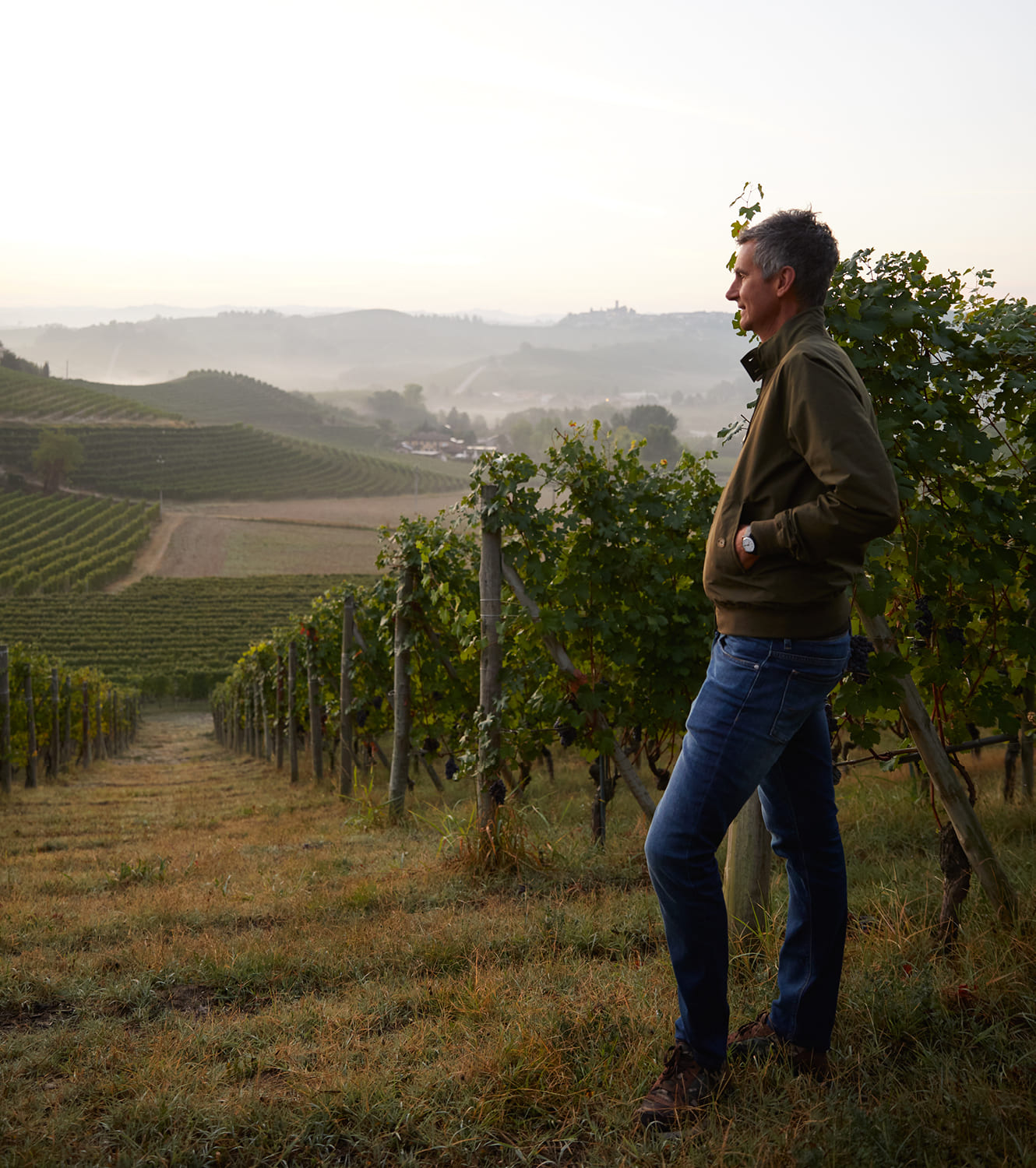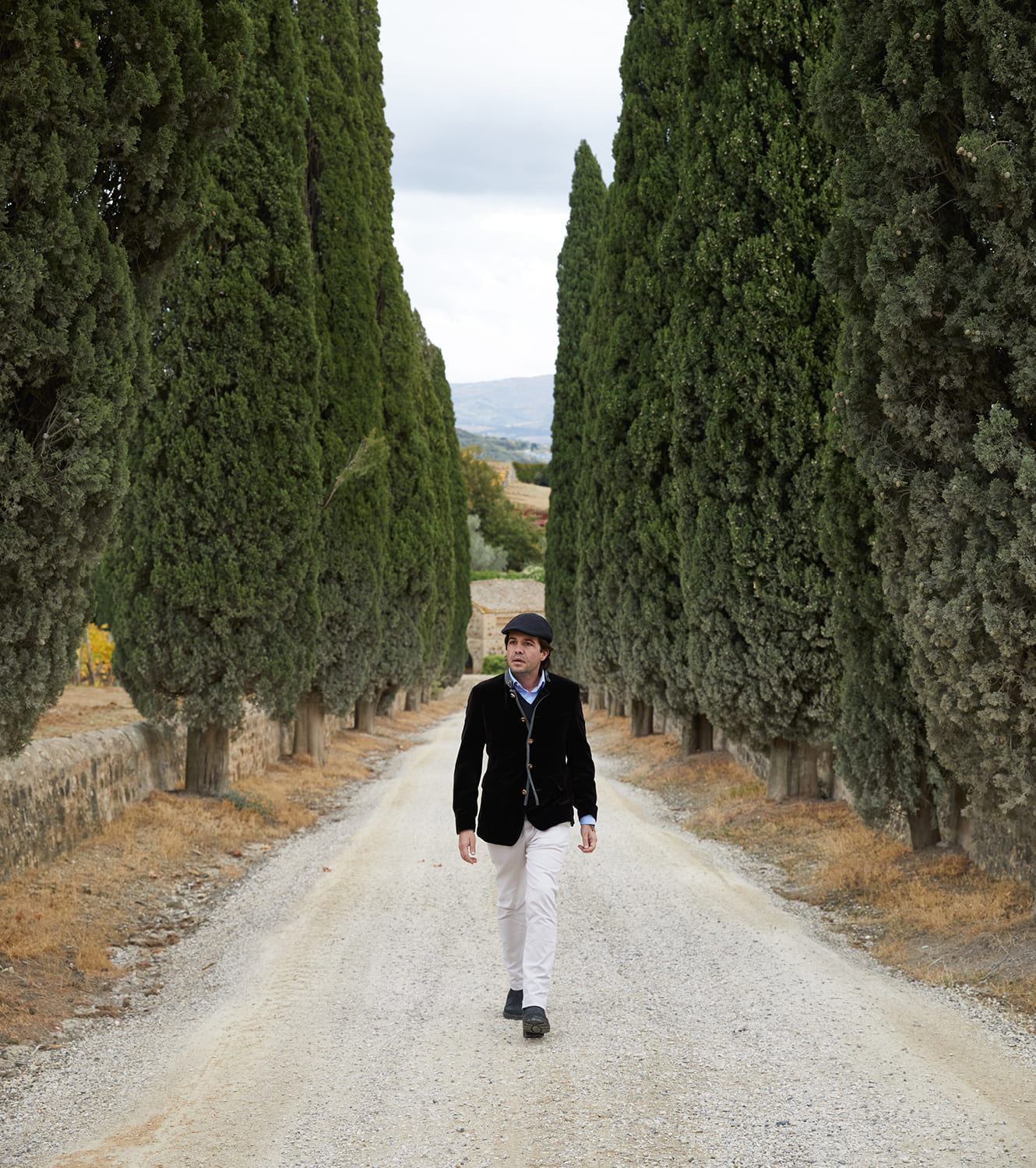
KING OF THE CROWN
Maze Row has curated a collection of wines from unique producers, each with their own individual expression. Sommelier and Italian wine specialist John Irwin picks out the halos in the company portfolio
There are some wines — Clos du Mesnil, Grange, Monfortino — that, when said, instantly evoke the estates that produce them; no additional words are necessary. You wouldn’t say “Krug Clos du Mesnil,” any more than you would say “Nike Air Jordans” — you would just say “Air Jordans” (or, more likely, “Jordans”); the fact Nike makes those shoes — and Krug makes that wine — is implied. In the wake of a shared culture, sometimes the language we once used to describe something becomes superfluous.
Clearly, these are rare examples. Every winery in the world seeks to be defined by a singular bottle that transcends the maker. But, while not all wines have that broad cultural awareness, all good estates make these kinds of wines. We call them “halo wines” — calling card expressions that define the artistry of the estate.
Halo wines function just like their metaphorical namesake: shiny pieces of light, hovering above, and yet inextricably linked. So, if you know of Conterno’s famed halo wine, Monfortino, you might seek out Conterno’s other wines. It makes perfect sense. They are bathed in the glow of an iconic expression.
But halo wines do not need to be as unattainably rare as Clos du Mesnil or Monfortino (or a pair of vintage Jordans, for that matter). Any wine that reflects an estate through its singularity is a halo wine. Most often these come from very specific vineyards, made with incredible care, and are always susceptible to the vagaries of vintage. In a way, it’s this uncertainty that separates a halo wine from the rest of an estate’s offerings; the winemaker isn’t seeking to show consistency of craft here, but rather attempting to capture a moment, a season, a piece of land.
How about that for irony? A winery defined by the inherently variable. But, at the heart of that contradiction is the soul of wine. At their best, wines are not products — they’re living things, reflections, messages from a specific place and time. Of course, a winemaker’s stamp will always come through (even the lack of intervention is, itself, a winemaking choice), but that quixotic attempt to bottle the ineffable is why so many of us love wine. We don’t always seek consistency; we look to be surprised, challenged, even moved by a great bottle of wine. The best wines can be both utterly unique, and yet, at the same time, unmistakable.
And what does all this get you, the drinker, in the end? A moment of repose, perhaps, a thought; or even better, the absence of thought in the glow of something exceptional. But more likely, it will be a bottle with friends, family, colleagues; a totem upon which we gently lay our humanity; perhaps even a shared culture, where language becomes superfluous. Halo wines indeed; those shiny pieces of light, inextricably linked to both winemaker and wine drinker, a connection from one place-and-time to your place-and-time.
THE HALO WINES TO INVEST IN NOW
Ratti Barolo Conca 2018 and Barolo Rocche dell’Annunziata 2018
These two single-cru bottlings from Ratti, the Italian winery in Piedmont, are pure terroir; each comes from parcels that are both under a hectare, and from one of the most complex soil profiles in all of Italy (or the world). But while Barolo is all about specificity, it doesn’t have to be inscrutable.
Try these wines side-by-side for a mini masterclass in how great bottles can show dramatic differences, even when they’re grown just a few hundred meters apart from each other. They’re made in exactly the same manner, but note the inflections of pine and mint in Conca, while Rocche dell’ Annunziata gives aromas of rose and anise.
Argiano Brunello di Montalcino 2017
Tuscany suffered a vintage marred by drought and excessive heat in 2017. Yet Argiano’s vineyards — 300 meters high on a tabletop in southwest Montalcino — made it through with high quality at harvest. Holistic farming and an ongoing project to reduce planting density has paid off; the healthy vines withstood the extreme heat, albeit with lower production.
Because quantities at harvest were down 35 percent, CEO and winemaker Bernardino Sani made the difficult decision to declassify the fruit for their top wine, Vigna del Suolo, into their bottling of Brunello. The result, as Eric Guido in Vinous noted in their review of the wine, “[delivers] gobs of immediate pleasure though lasting notes of red currant, licorice and clove.”
But what about the everyday wine?
Maze Row is a firm believer in the “Tuesday splurge,” but it’s no secret that great wines from great producers will get better with time. While there is no hard and fast rule (the unknown is both the best and worst part of collecting wine) it is common wisdom to buy a few bottles at a time and open them a few years apart to gauge how they’re developing.
As for when they are “ready,” that is up entirely to you. Some of us prefer wines with the primary fruit fully intact, while others love the tertiary aromas of earth and balsamic that come with age. In general, some combination of two, with a balanced mouthfeel (no hard edges — so to speak) is ideal. But if you want to drink them now? Go for it; it’s a myth that great wines don’t taste great when they’re young. If it’s going to be good in 20 years, it’s probably good right now, too.
There are some sole basic rules though. Keep the wines cool — anywhere from 45-65 degrees Fahrenheit — and away from light. That’s it. Some will tell you that humidity is important, or that wines should be stored on their sides (to keep the liquid in contact with the cork). But the truth is there is no real evidence that either of those things matter. You do you.
Remember, for all the pomp surrounding wine, it really should be about enjoyment. A great wine can also be what’s great right now. A lightly chilled Allegrini Valpolicella can be had for less than $25 and would pair much better with pizza than a First Growth. Allow yourself the simple pleasures; there should always be wine to drink while you wait for your wine to age.
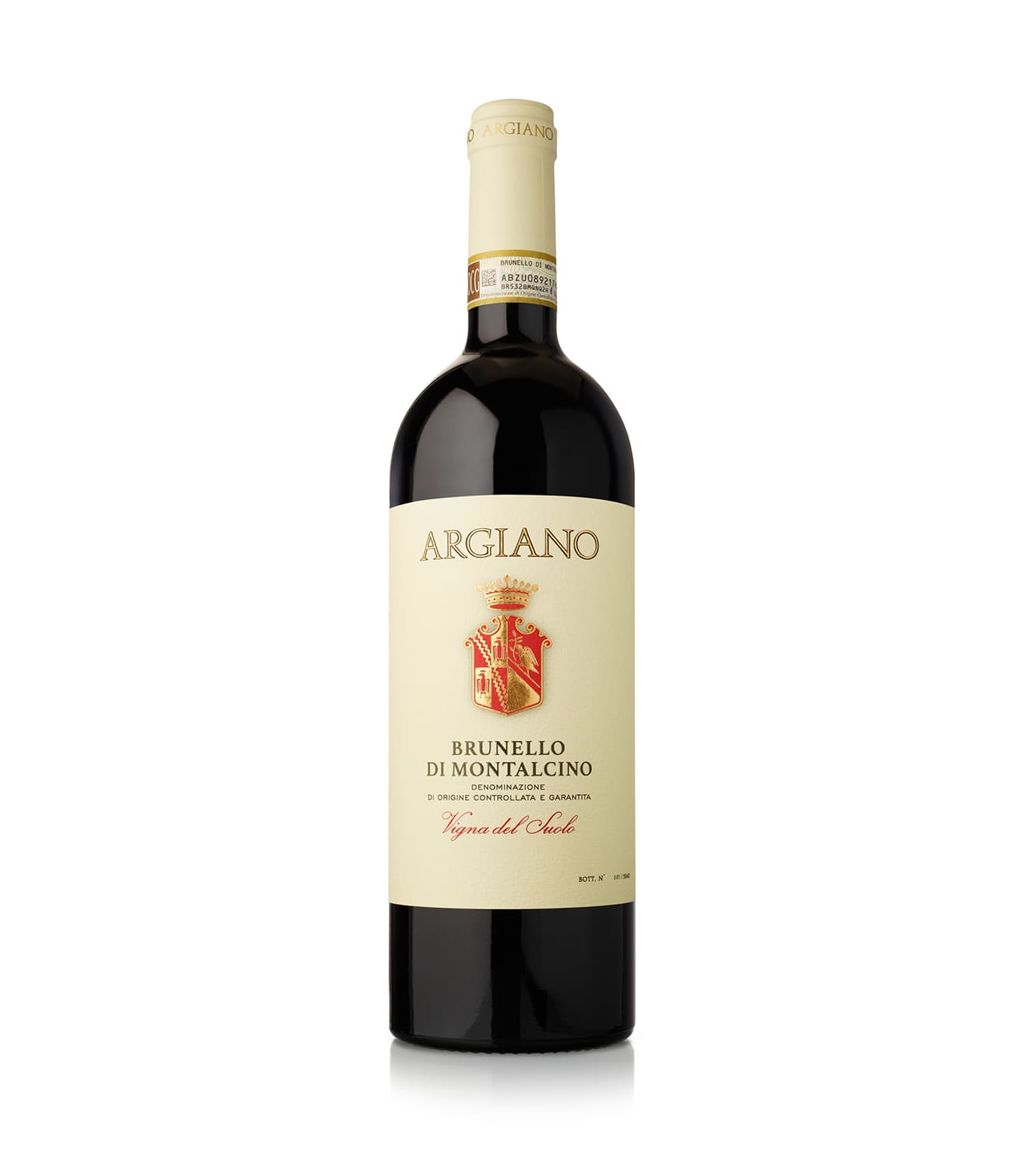
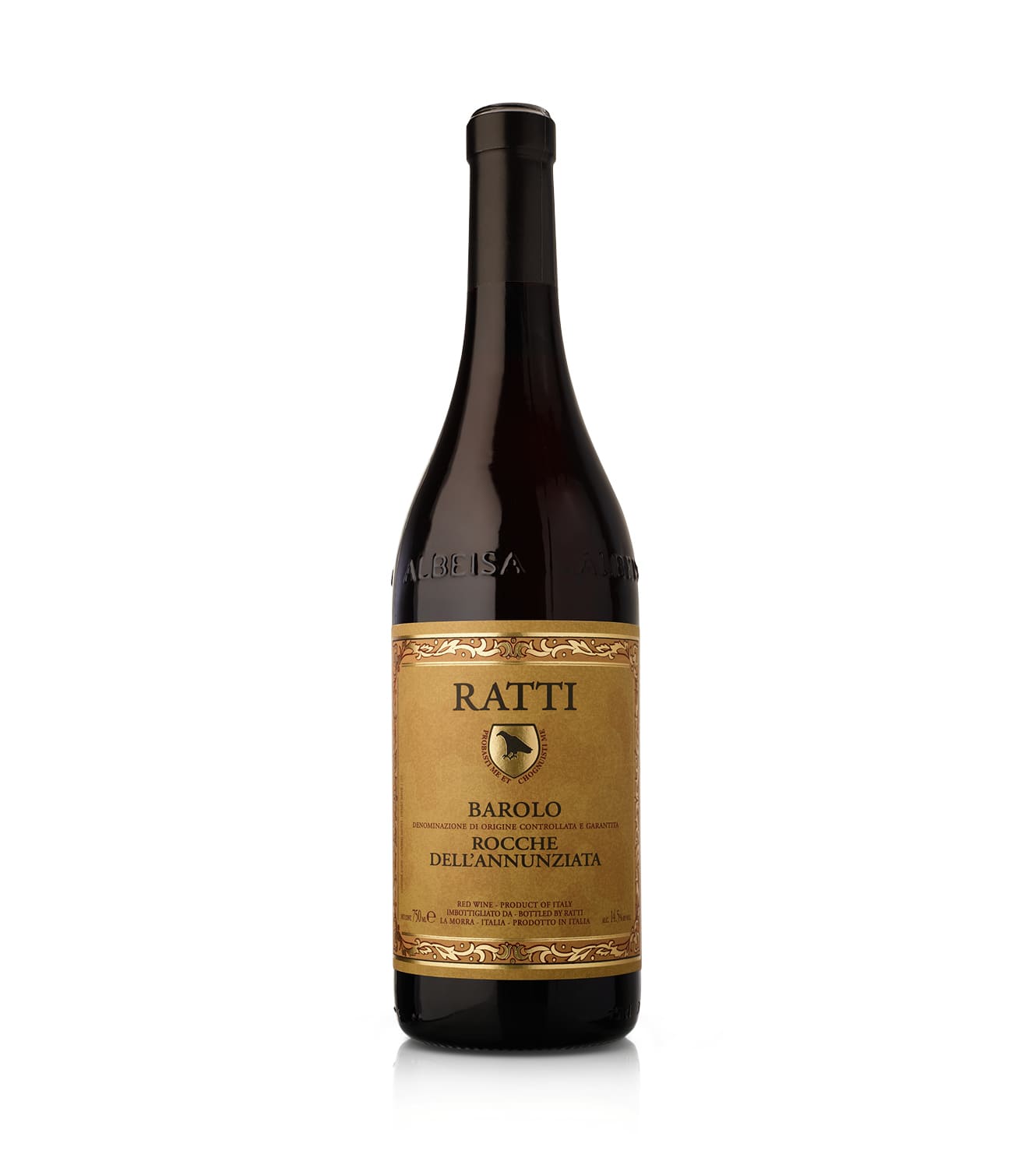
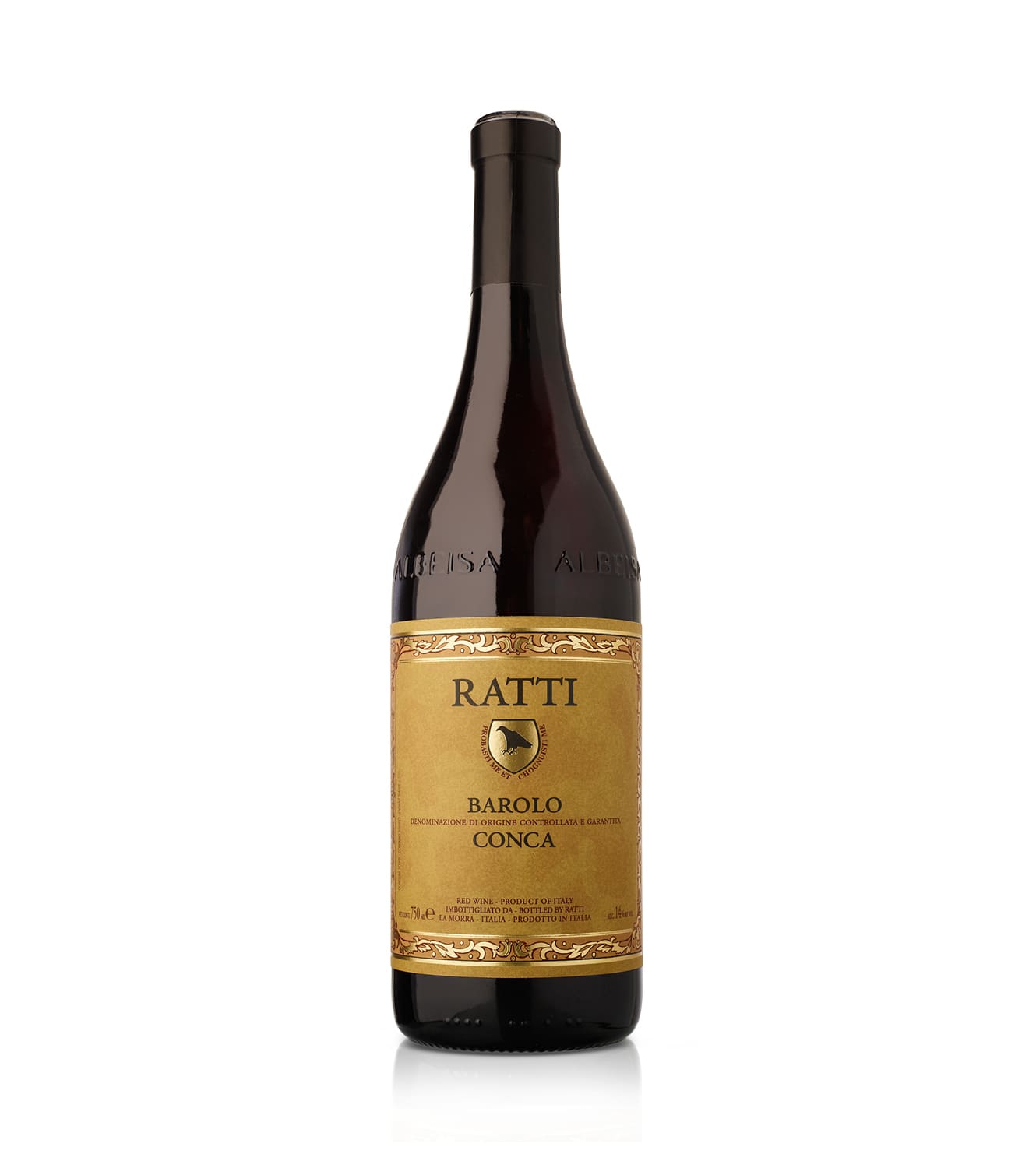
Photography by Rob Lawson
We recommend
WINES TO TRY IN THE SUMMER MONTHS
From lighter to weightier, John Irwin’s guide to the wines to experience from the Maze Row portfolio that will ignite a new love affair with wine
RATTI PUT BAROLO ON THE GLOBAL MAP AND CONTINUES TO PUSH FOR GREATNESS
His father Renato put Barolo on the map. Now Pietro Ratti is transforming the revered wine for new generations. Nargess Banks meets the vintner at his Piedmont vineyard
ARGIANO’S POSITIVE TWIST: THE PHILOSOPHY BEHIND THE AWARD-WINNING MONTALCINO WINERY
Listening intently to the land, fastidious soil mapping and a scholarly approach to viticulture, has earned the oldest Montalcino winery’s Brunello, red wine of the year. Nargess Banks visits the Tuscan estate to learn more
HOW BEST TO EXPERIENCE WINE IN THE CONTEXT OF PLACE, HISTORY, PEOPLE
How do you experience wines in connection to terroir, culture and history? Angela Scott offers a personal tour through Maze Row’s collection

